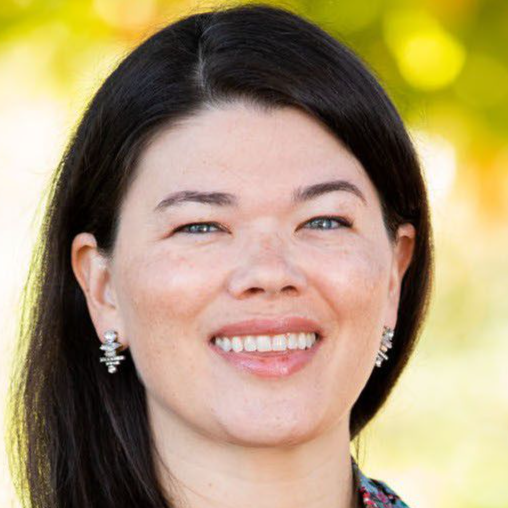Our children need more fruitful risk taking
I remember one of my riskier parenting decisions. While on a family trip overseas, my husband and I let our two oldest daughters, then ages 9 and 7, walk by themselves through town to the bakery a good half mile away. Coins in pockets, they had memorized just enough German to manage the purchase of breakfast pastries for the family. This trek was outside my comfort zone, but my husband had managed a solo walk to kindergarten when his parents were medical missionaries in Africa; he was much more confident about the benefits. We had prepared the children, but I waited with bated breath for my daughters’ return. They came back exhilarated and empowered, croissants in tow. They had done something hard but had also grown confidence from their ability to carry this responsibility. No doubt, this activity had some risk, but it also had the potential for great reward.
I couldn’t help but think of that experience when the news broke in November about Brittany Patterson, a mother of four arrested in North Georgia for “reckless conduct” after her 10-year-old son was found walking by himself less than a mile from their home. More than one friend reached out in shock asking, “Is this really a crime?” I think my friends were asking the same question I have since asked: “Are we allowed to let our children take risks?”

Clearly, some risks are unacceptable. In his book “The Anxious Generation,” social psychologist Jonathan Haidt warns of the risks of the “phone based childhood.” Haidt argues that early and relatively unfettered access to smartphones and social media has exposed children to unacceptable risks, both of actual predatory online behavior and the negative mental and social-health impacts of near-constant access to social media.
Haidt’s ideas and the research supporting them have had an impact. This fall, Australia became the first country to ban access to social media for those under age 16. Florida has a law that went into effect just this month that requires parental consent for social media access for 14- and 15-year-olds and bans such access for younger children. Many Atlanta-area metro schools and districts have started to restrict student access to cellphones within the classroom.
Movement away from the phone-based childhood is, on the whole, a positive development. But we cannot consider what we should protect children from while neglecting to consider what we are protecting them for. Haidt argues that children have been overexposed to risk in the phone-based childhood, but he also argues that children have been underexposed to risk in the physical world. We miss an opportunity to aid in the challenges facing this generation by focusing only on reducing risks, such as the mental health impacts of the cellphone, and not engaging with the question of whether children’s deprivation of fruitful risks, particularly those in the real world, might also be causing harm.
Author Nasim Talib argues that children are “antifragile”: Just as immune systems and bones need stressors to be healthy, so do our children. Giving our children the freedom to go into a store and navigate a purchase by themselves gives them confidence and grows their ability to navigate adult conversation independently. Enabling our children to ride their bikes down a steep hill, though they might take a tumble, teaches them how to successfully navigate their bodies and the world around them. Giving a child increasing freedom of movement grows their understanding of their autonomy and capabilities. Indeed, all of these behaviors carry some risk, but they also have the potential to make our children stronger, more resilient, connected and ultimately healthier people.
Parents, including me, have the opportunity to reevaluate our relationship to risk with our children asking not “is this safe?” but “do the benefits in developing my child’s cognitive and emotional development outweigh the risk to them?” Put another way, “is this a fruitful risk?”
We can bring this question to our schools and our social institutions, asking whether there might be opportunities to enable risk in areas of high positive impact. Recently, a parent questioned whether our church’s policy that allowed only adults to gather children from the nursery negatively impacted their middle schooler by limiting his ability to navigate our church independently and contributing to his family by taking on this responsibility. I was glad this parent raised this concern. Even if we don’t reach a consensus, our institutions will be better off if we continue to ask the question for our children, “is this risk worth it?” understanding that the answer might sometimes be yes. We want our children to be safe, but we want them to be safe so that they may live full and fruitful lives.
Finally, we can ask our legislators to keep this fruitful risk-taking in mind as they evaluate legislation. Yes, research what laws are needed to protect our children from a phone-based childhood, but we must not lose focus on what we are wanting to free them for. Shaping the character of our children is risky business, but when the reward is young people who are confident, capable, resilient and engaged in the world around them, the risk is worth it.
Brittany Patterson’s case is working through the Georgia legal system. I can’t pretend to know every detail of her family’s situation, but I’d wager that her case has left many parents with the nagging question of whether they are allowed to give their child the freedom to take risks. I’d argue, the stakes are too high not to.



